Review of KPI Completion Rates for New Energy Vehicle Brands in H1 2025: XPeng Leads the Pack
![]() 07/10 2025
07/10 2025
![]() 566
566
The first half of 2025 witnessed rapid transformations in the automotive market as traditional automakers and new energy vehicle (NEV) brands fiercely contested market share, revealing distinct yet intertwined development trends. Among them, NEV brands leveraged their robust product strength and precise market positioning to aggressively compete. This is vividly reflected in their KPI completion rates for the first six months of 2025.
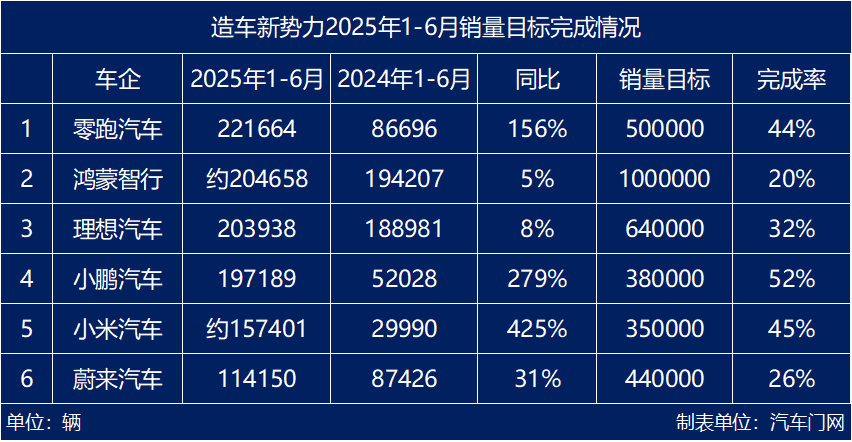
Notably, XPeng stands out as the only NEV brand to surpass its "mid-year exam" targets, achieving a sales target completion rate exceeding 50%. Data indicates that XPeng delivered a total of 197,189 new vehicles in H1 2025, marking a year-on-year increase of 279%. This accomplishment not only outpaced its total delivery volume for 2024 but also fulfilled 52% of its annual sales target of 380,000 vehicles for 2025.
From a sales structure perspective, XPeng MONA M03 and XPeng P7+ collectively sold over 136,000 vehicles in H1, accounting for 69% of overall sales and serving as the primary sales drivers. XPeng G6 and XPeng G9 sold a combined total of nearly 35,500 vehicles, contributing 18% to overall sales.
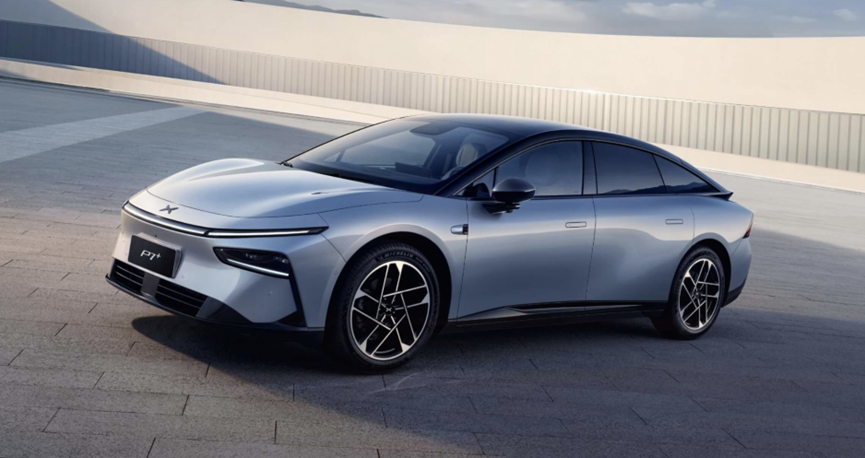
Undeniably, XPeng's market performance has been increasingly remarkable lately. However, it must also navigate certain challenges in the competitive landscape. Notably, the 100,000-150,000 yuan price range where XPeng MONA M03 is positioned is densely populated with competitors, intensifying competitive pressure. This underscores the urgency for XPeng to establish a systematic product portfolio as soon as possible.
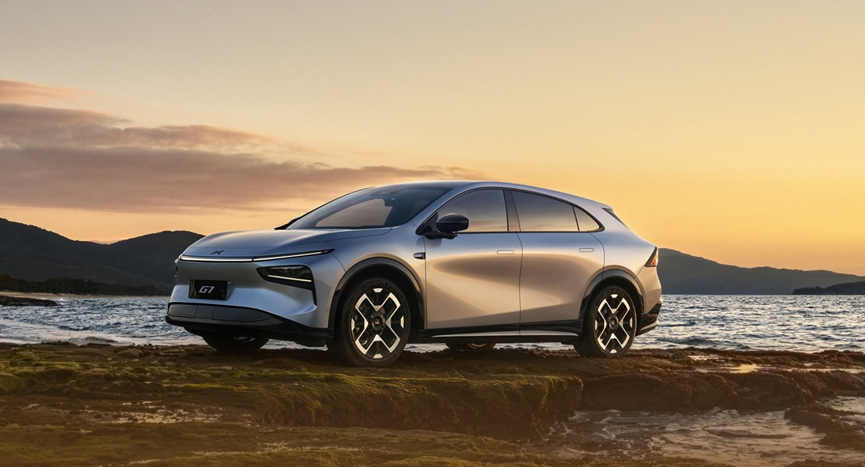
The recently launched mid-sized SUV, XPeng G7, garnered over 10,000 large orders within 9 minutes of its launch, demonstrating impressive market reception. Additionally, the new XPeng P7 will be released in Q3 2025, followed by the first extended-range model based on the G9 platform in Q4. These launches are poised to become new sales pillars for XPeng, propelling the brand towards continued growth.
To achieve its 2025 annual target, XPeng needs to sustain an average monthly sales volume of 30,500 vehicles. Judging by the current momentum, accomplishing this annual target appears feasible.
Although Xiaomi Motors' target completion rate did not exceed 50%, it remains a top performer among NEV brands. In H1 2025, Xiaomi Motors delivered approximately 157,401 vehicles, marking a year-on-year increase of 425%. Thanks to the robust sales of Xiaomi SU7 and Xiaomi SU7 Ultra, the brand has already achieved 45% of its full-year sales target.
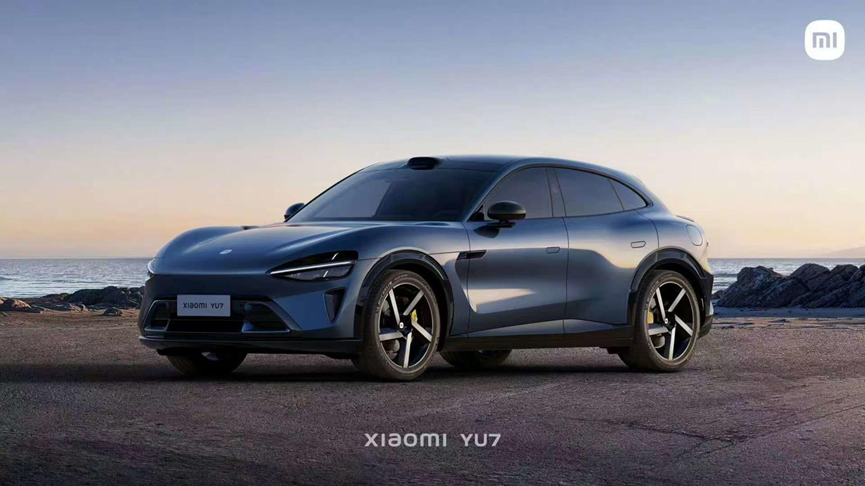
On February 28th, 2025, Xiaomi Motors announced that the order lock volume for Xiaomi SU7 Ultra surpassed 10,000 units within just 3 days, enabling the new vehicle to complete its annual task ahead of schedule. The sustained strong sales of these two models have bolstered Xiaomi Motors' confidence for the year. Consequently, on March 18th, Lei Jun, Chairman of Xiaomi Group, announced an upward revision of Xiaomi Motors' annual delivery target from 300,000 to 350,000 vehicles. Currently, the newly launched Xiaomi YU7 is also enjoying immense popularity, with an order lock volume exceeding 240,000 units within 18 hours of its launch.
For Xiaomi Motors to meet its annual target of 350,000 vehicles, the key lies in ramping up production capacity. The construction of Xiaomi Motors' Phase II factory is currently in its final stages and is expected to commence production in July-August. The additional production capacity from the Phase II factory will be crucial for Xiaomi Motors to achieve its annual sales target.
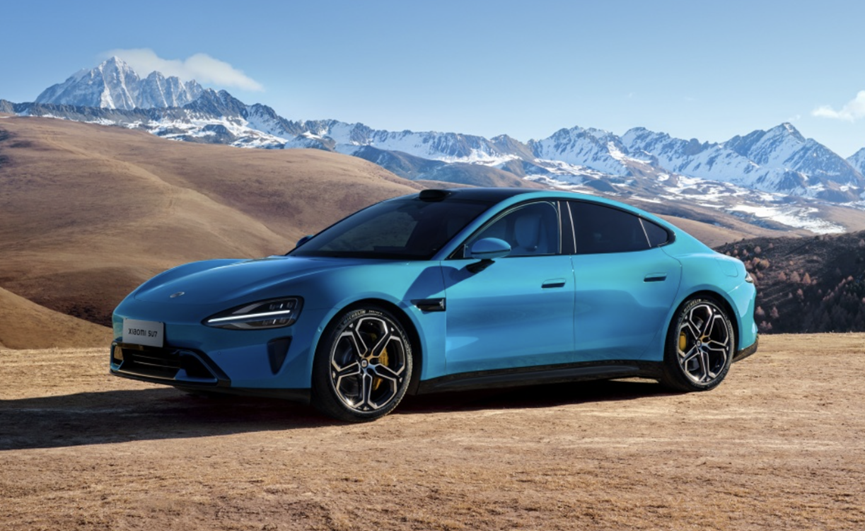
Currently, Leapmotor has achieved 44% of its annual sales target of 500,000 vehicles in H1 2025. Despite a lower target completion rate compared to XPeng, given its ambitious annual target, this progress is commendable. From January to June 2025, Leapmotor delivered a total of 221,664 vehicles, marking a year-on-year increase of 156% and topping the half-year sales chart for the first time. Since introducing the "cost-effective" label, Leapmotor's monthly sales volume has consistently hovered around 40,000 vehicles for multiple months.
From a sales structure perspective, Leapmotor C10 sales have been steadily rising this year, averaging around 9,000 vehicles, ranking third in new energy medium-sized SUV sales from January to May. Meanwhile, Leapmotor B10 quickly emerged as a sales dark horse in the segment market after its April launch, with sales exceeding 10,000 units in May. In the first five months of 2025, Leapmotor C16 delivered a cumulative total of 44,351 vehicles. In the second half of the year, Leapmotor will continue to introduce multiple new products to the market. The second model of the B series, Leapmotor B01, is expected to be officially launched and delivered this month, with a starting price of 105,800 yuan, making it highly competitive in the mainstream pure electric sedan market. The two-box small car Leapmotor B05 will commence presales in November.
Bank of America Securities predicts that due to Leapmotor's robust model matrix, sales are expected to increase by 88% year-on-year to reach 552,000 vehicles this year.
In contrast to the impressive performance of XPeng and others, Li Auto's performance in H1 2025 was somewhat muted. Data shows that Li Auto delivered a cumulative total of 203,938 vehicles in the first six months, achieving only one-third of its annual sales target.
Although Li Auto's monthly delivery volume consistently ranked among the top-tier NEV brands in H1, sales growth has significantly slowed down in recent months. From January to February, Li Auto was briefly surpassed by XPeng. From March to June, Leapmotor put continuous pressure on Li Auto, with sales in June even declining by 28% year-on-year. Some analysts attribute this to the increasing number of competitors adopting similar strategies to Li Auto, thereby diluting its first-mover advantage with the "extended-range + refrigerator, TV, large sofa" approach. Nonetheless, Li Auto's cumulative sales in H1 still increased by 8% year-on-year, indicating its stable position among NEV brands.
In H2 2025, Li Auto's pure electric models i8 and i6 are expected to be officially launched, potentially enhancing the brand's market competitiveness and performance. However, with an annual sales target of 640,000 vehicles, Li Auto needs to achieve a monthly sales volume of at least 72,700 vehicles in the coming months to meet its target, which is a formidable challenge.
Looking at NIO, data reveals that the brand delivered a cumulative total of 114,150 vehicles in H1 2025, marking a year-on-year increase of 31%. Notably, 72,000 new vehicles were delivered in Q2, a 71.2% increase from Q1, setting the second-highest sales record in the company's history. Despite this positive performance in H1, NIO's annual target completion rate stands at only 26%.
From a brand perspective, NIO has experienced mixed results. For instance, in June, the NIO brand delivered 14,593 vehicles, marking a year-on-year decline of nearly 31.2%. However, the once controversial Lido brand has gradually stabilized, selling 6,400 vehicles in June. The Firefly brand sold 3,932 vehicles, with both brands setting new sales records for the year.
Recently, Firefly launched the BaaS battery rental service, lowering the threshold for purchasing high-end smart electric vehicles to 79,800 yuan. The further reduction in the rental price of the battery-as-a-service model is anticipated to drive an increase in NIO's sales in H2 2025. Additionally, NIO's third-generation ES8, Lido L90, and Lido L80 models will be launched in H2 this year.
To achieve its sales target of 440,000 vehicles, NIO must deliver 325,850 vehicles in the next six months, maintaining an average monthly sales volume of 54,000 vehicles. Moreover, NIO aims to achieve profitability in Q4 2025. Whether this vision materializes will depend on the market performance of NIO's multiple new products in the coming months.
Hongmeng Zhixing's target completion rate is slightly lower. Statistics show that from January to June 2025, Hongmeng Zhixing delivered a cumulative total of approximately 205,000 vehicles, marking a year-on-year increase of 5%. Based on its plan for one million sales, Hongmeng Zhixing's current target completion rate stands at only 20%.
Hongmeng Zhixing encompasses four major brands: Wenjie, Zhijie, Xiangjie, and Zunjie. Wenjie serves as the primary sales brand, delivering approximately 154,000 vehicles in H1. The Wenjie M9 and Wenjie M8 are the sales pillars of the Wenjie brand. Zhijie sold a cumulative total of 44,929 vehicles in the first six months of 2025, marking a year-on-year increase of 165.3%. The average monthly sales volume of the Xiangjie brand also exceeded 1,000 vehicles. Additionally, the Zunjie S800, a collaboration with JAC, has witnessed a continuous increase in large order volume in its first month of launch. Notably, despite varying degrees of growth across all brands, achieving the ambitious annual target of one million vehicles will be challenging for Hongmeng Zhixing.
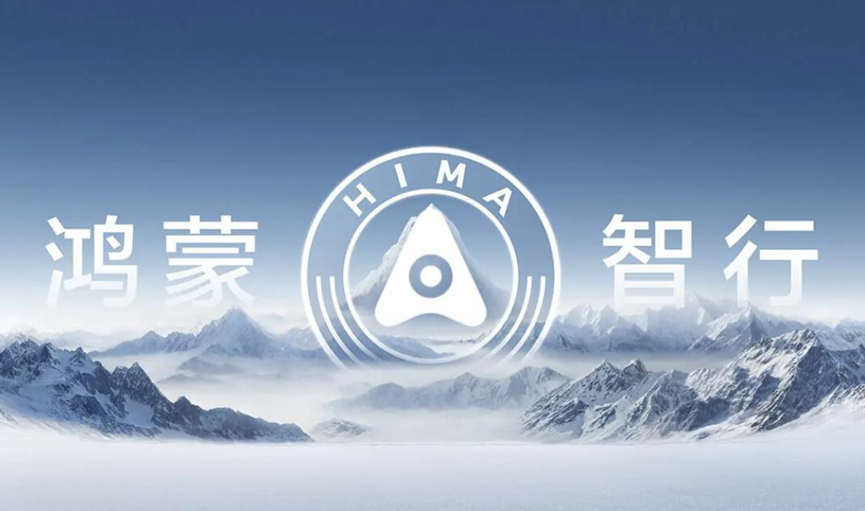
Summary
Overall, in H1 2025, major NEV brands demonstrated clear differentiation in their sales target completion rates. XPeng, Xiaomi Motors, and Leapmotor exhibited robust growth momentum and are the most likely automakers to achieve their annual sales targets this year. Although Li Auto's target completion rate is low and its growth rate falls short of expectations, it still achieved an 8% increase in H1, maintaining a stable overall market performance. Despite the challenges NIO and Hongmeng Zhixing face in meeting their sales targets, NIO showed positive momentum in Q2, and Hongmeng Zhixing's product matrix continues to expand, with sales expected to increase compared to last year.
Currently, competition in the automotive market is intensifying, leading to continuous shifts in the NEV brand landscape. In H2 2025, the "elimination round" in the automotive market will continue, and the competitive pressure among NEV brands will intensify. Consequently, the rankings among these brands are likely to undergo further changes.
(Images sourced from the internet. Please delete if infringing.)







